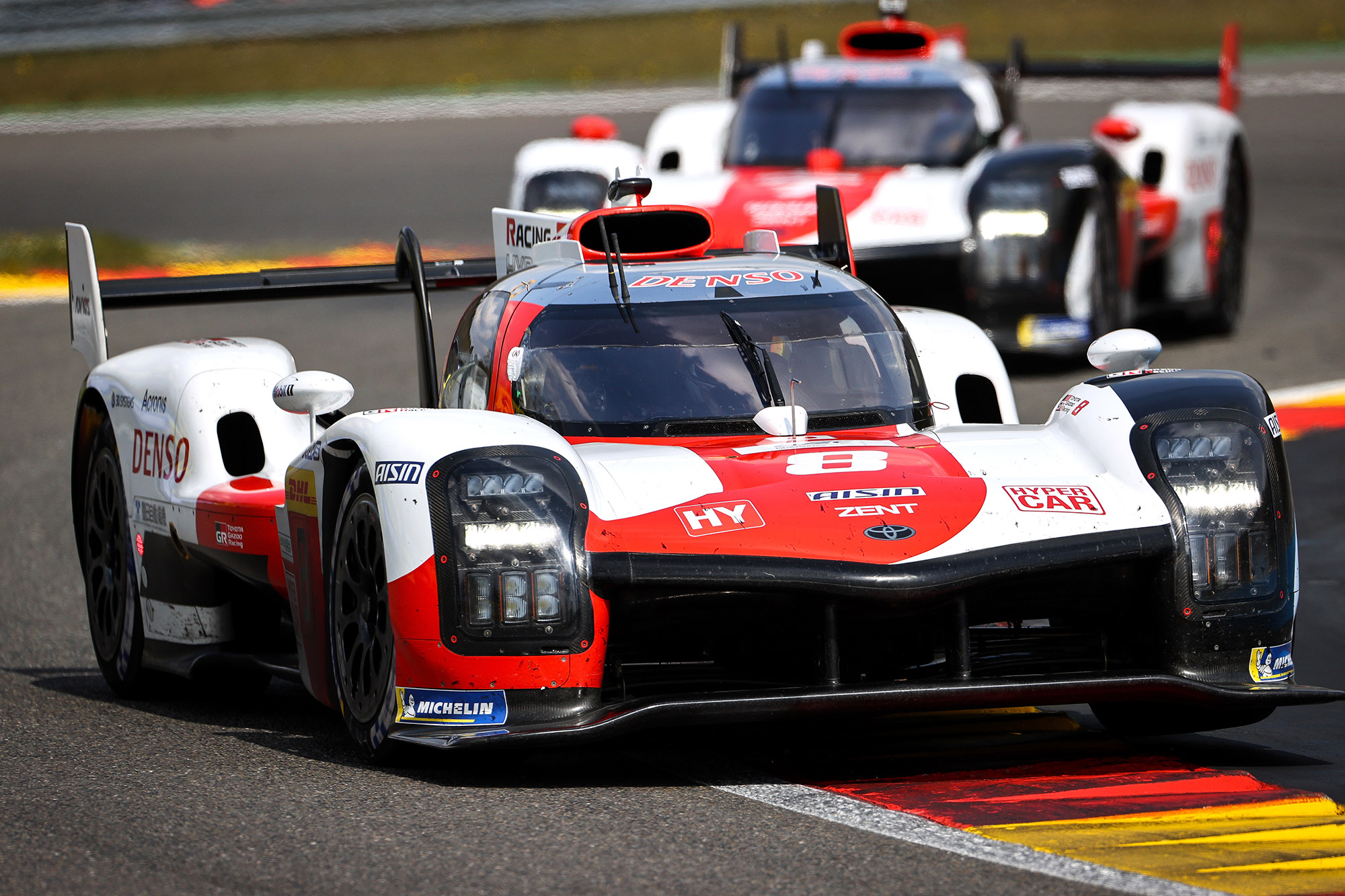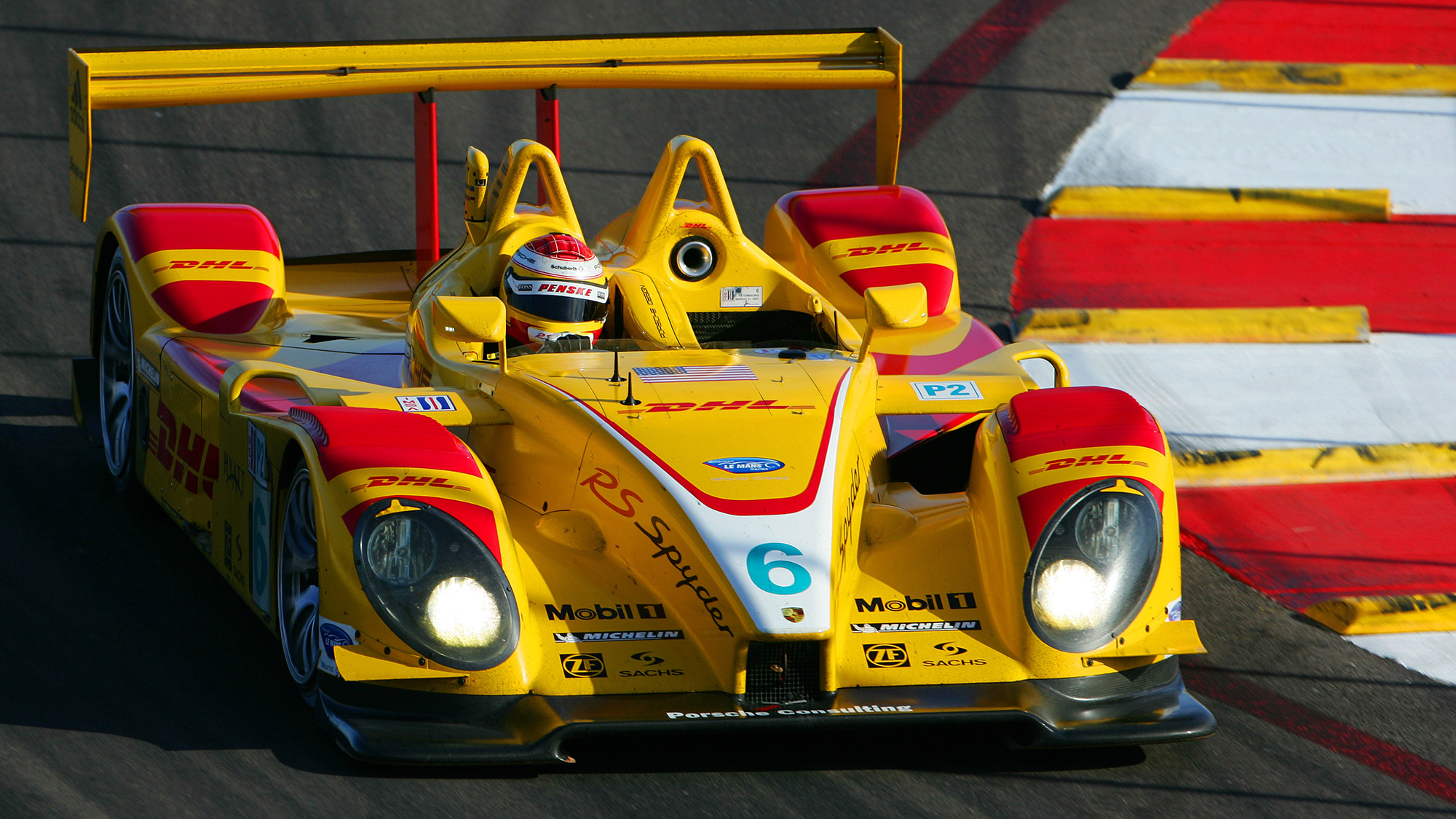Everyone Racing At Le Mans Just Got Another Reason To Worry About Porsche
In December, Porsche announced it'd return to the top level of global endurance racing with an LMDh car, starting in 2023. Today we learned the German automaker's partner will be none other than Penske. There's more that's interesting about why the entry isn't a hypercar, at least depending on what press release you read.
The association of those names should delight sportscar racing fans all over the globe but particularly here in the States, where we watched the familiar Penske-backed, DHL-liveried RS Spyder dominate its class in the American Le Mans Series in 2006 and 2007. More recently the two joined forces for a Formula E effort that was so brief, secretive and unsuccessful, nobody talks about it anymore.
The new joint operation will be named Porsche Penske Motorsport, and "will run for a number of years," per Porsche's ever-descriptive press release. Speaking of the release, I'm amused by this passage from it (bolded by your truly):
Beginning in 2023, the LMDh vehicles will represent the very best in endurance racing together with so-called hypercars (LMH). The prototypes will also be entered by Porsche customer teams in both championships as early as 2023. The cars, which weigh approximately 1,000 kilograms and are based on an LMP2 chassis, are powered by a 500 kW (680 PS) hybrid drivetrain.
I realize that "so-called" in that context is probably just meant to equate "LMH" — the technical name for the FIA's top endurance racing class — with "Hypercar," which is what everyone calls it. Still, I can't help but detect a hint of shade here in anticipation of LMDh and LMH cars duking it out for overall victory at Le Mans in a few years' time.
What makes that particular phrasing choice even funnier is that the FIA's version of the press release calls the Porsche-Penske effort a hypercar right in the headline, and makes zero mention of LMDh anywhere in the body of the text. Same with the tweet below. Was that intentional? A mistake? Is the FIA just being petty and calling them all hypercars now? Who knows anymore!
🤝@PorscheRaces joins forces with @Team_Penske for Hypercar programme! #LeMans24 #WEC pic.twitter.com/twwg28SEGE
— 24 Hours of Le Mans (@24hoursoflemans) May 4, 2021
For those who haven't kept up with the ever-nebulous nature of prototypes in global endurance racing, here's the long and short of it. The FIA and ACO jointly proposed the Le Mans Hypercar class in 2018, which was intended to bring prototypes more in line with manufacturers' roadgoing hypercars — at least in appearance — hence the name. It was a play toward the nostalgia many fans share for the days of the McLaren F1 GTR, Mercedes-Benz CLK GTR, Porsche 911 GT1, and Toyota GT-One in the mid-to-late '90s. The new regs also involved some vague homologation production car element, and were supposed to reduce costs compared to the outgoing LMP1 regulations.
In time we came to learn that it didn't save constructors as much money as they wanted, and the homologation thing was more of a weak suggestion than a legal requirement. That gave IMSA a lane to evolve its DPi — Daytona Prototype International — spec used in American sports car racing to LMDh. It employs a selection of spec chassis from common suppliers, as well as spec kinetic energy recovery systems to actually keep costs down.

Major manufacturers seemed eager about hypercar at first but that enthusiasm soon fizzled out. Toyota, Aston Martin and Peugeot were early commits. The FIA then decided to let LMDh cars compete in World Endurance Championship races including Le Mans, which angered Aston because suddenly it was paying many times more money to develop a hypercar that was now going to be performance balanced with far cheaper IMSA-based prototypes. The British automaker cancelled its plans. Nobody took its spot until Ferrari came swooping in out of nowhere in February.
That brings us to today. Last weekend, Toyota's GR010 Hybrid hypercar, the first entry from the class to hit the grid, won the Spa 6 Hours despite starting the weekend slower than LMP2 machinery. It'll take years for other automakers to join them: Peugeot's hypercar is set to arrive in 2022, while LMDh entries from Porsche Penske, Audi and Acura are planned for 2023 (as is that Ferrari hypercar). And then there are all the other big names rumored to join one of the two classes, like Alpine, BMW, McLaren, Cadillac and Hyundai.
The decision to go with the LMDh car rather than a hypercar makes sense for Porsche, as it'll allow the brand to compete on both sides of the pond. Plus, it'll sell customer cars to privateers, too.
"We are delighted that we were able to get Team Penske to form this partnership," says Oliver Blume, Chairman of the Executive Board of Porsche AG. "For the first time in the history of Porsche Motorsport, our company will have a global team competing in the world's two largest endurance series. To this end, we will be setting up team bases on both sides of the Atlantic. This will enable us to create the optimal structures we will need to take overall victories at Le Mans, Daytona and Sebring, for example."
I wouldn't mind a throwback red-and-yellow livery again when that day comes.
